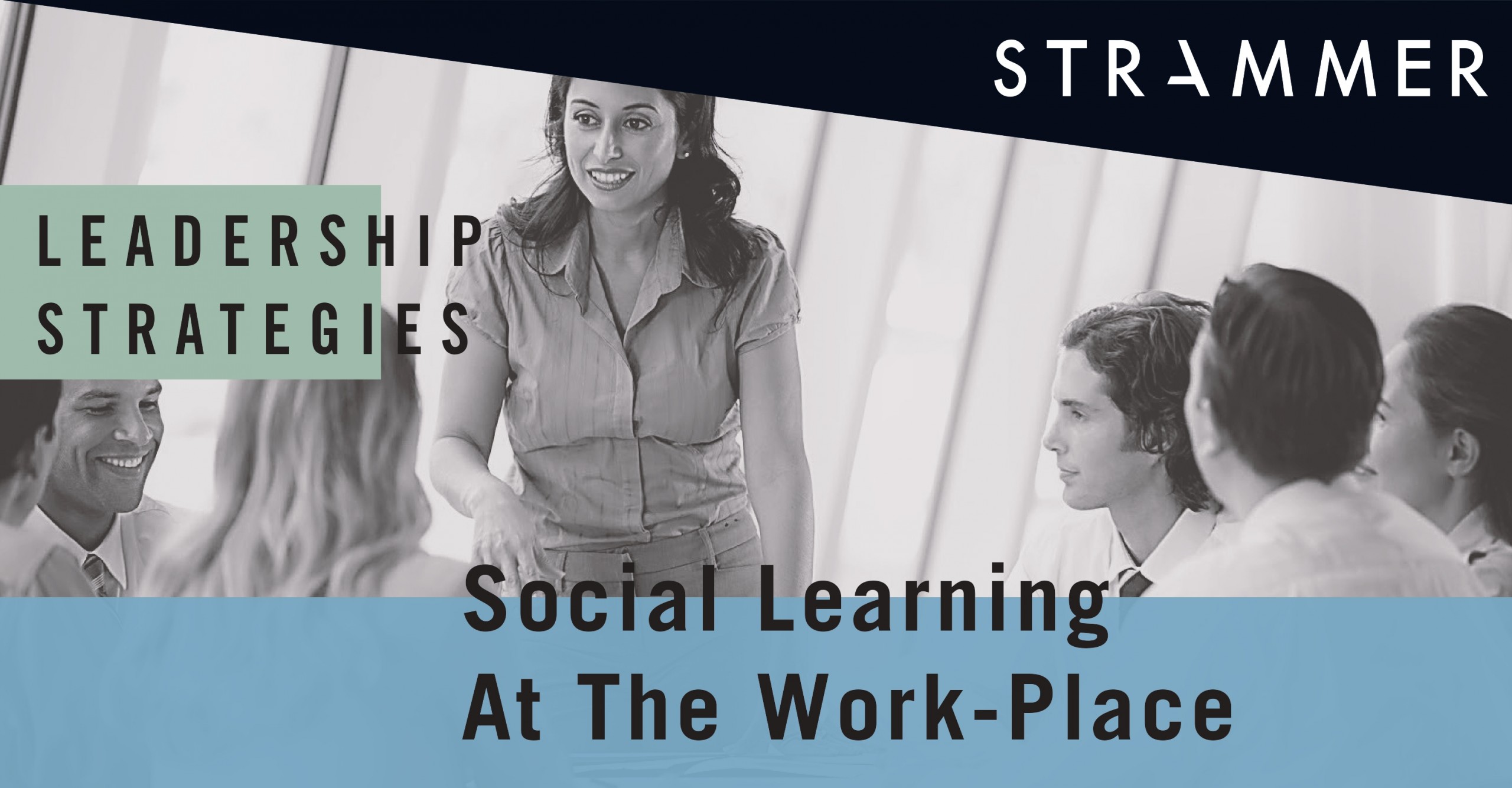Implementing Social Learning Methods At Work
Social learning theory is a learning method centred on the interactions between different members of a group. It promotes teamwork as each one of them is both a learner and a trainer.
Individuals obtain new behaviour patterns and skills by spending time together and observing each other Social learning is considered as the most effective learning method. A simple example can be how a child sees their parents speak and then tries to imitate this action by moving their lips and produce sounds.
This theory can be applied to any field and has been proven to be successful in a variety of industries. Managers benefit from using social learning in the workplace to improve their leadership efficiency and coaching their juniors.
The best way of implementing social learning within the workplace is to train and coach beyond traditional learning management resources therefore allowing a whole new level of potential for employees as they are supplied with new social components and interactions. Analytical reasoning is a prime example of that. Indeed, adding collaborative brainstorming where employees can learn from each-other allows broadening and development of skills and ideas compared to employees learning only from online resources. After-all, Humans are wired to grasp information more easily in a social setting.
Social learning practices added to e-learning programs can replace the impersonal nature of online training. However, Social Learning can be applied digitally as well to avoid the impersonal nature of online training, however, it is not as effective as in-person practices. Creating a digital workplace such as an intranet platform or providing weekly newsletter where employees are exposed to company ideas, conversations and information can teach company culture to staff and show company expectations. This will undoubtedly translate to social learning. Partaking in team-building activities and games can also serve the same purpose in an entertaining and educational way. To reinforce these ideas, awarding rewards or incentives can be tremendously effective, especially on younger or newer recruits.
To understand if the model implemented for Social Learning at the workplace is working, it is crucial that the staff is frequently behaviourally assessed. However, leaders must be cognizant not to micromanage their employees, which is a possibility in this case.
Another downside is that setting a bad example of a role model can have a serious impact on employees who are consciously committed to social learning. As staff will be wired to emulate and internalize whatever behaviours are communicated to them unconsciously, it can be difficult to get rid of unfavourable conduct once ingrained. Therefore, leaders must be careful of using social learning in the workplace to receive the optimal benefits.
References:
- Successfully Apply Social Learning In Your Organization, Apr 10, 2018, Forbes.





